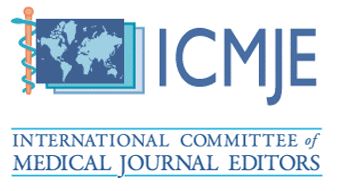Septicaemia and Severe Malaria: A Case Report of Coinfection in a Splenectomised Beta Thalassaemia Major Patient
DOI:
https://doi.org/10.51200/bjms.vi1.5023Keywords:
Co-infection, Malaria, Plasmodium knowlesi, Staphylococcus aureus, Beta thalassaemia MajorAbstract
Staphylococcus aureus (SA) is a common cause of life-threatening sepsis, with hospital mortality rates ranging from 15% to 40%. This bacterium has a propensity for metastatic infection. Once detected, the focus of investigations often shifts to ruling out deep-seated infections. Co-infections are rarely suspected once SA is identified. Here, we present a rare case where SA septicaemia caused a delay in diagnosing a coexisting malaria infection. A 24-year-old gentleman with underlying transfusion-dependent beta thalassaemia major, who had undergone splenectomy, presented with fever for two days and hypotension. Rapid tests of Dengue NS-1, IgM and IgG, Leptospirosis IgM and blood film for malaria parasite were negative. A blood culture and sensitivity test revealed methicillin-sensitive Staphylococcus aureus (MSSA), and he was treated for septic shock secondary to MSSA bacteraemia. Despite being started on cloxacillin, his condition deteriorated. There was a substantial drop in haemoglobin, a peripheral blood film, intended to rule out acute haemolysis, identified malaria. A blood film for the malaria parasite, revealed hyperparasitaemia of Plasmodium knowlesi (PK). Despite the immediate initiation of artesunate and subsequent clearance of the parasite from the blood, he succumbed to cardiogenic shock secondary to cardiac failure. PK causes a spectrum of conditions in humans ranging from asymptomatic to life-threatening severe disease. Co-existent malaria and bacteraemia are uncommon. Among gram-positive bacteria co-infections, SA is the most common infecting agent. Septicaemia and severe malaria share similarities in the challenging diagnosis of co-infection. There are two possible routes of malaria transmission for this patient: via vector or through blood transfusion. Despite no evidence of malaria infection among donors, the possibility of transfusion-transmitted malaria cannot be excluded. In malaria-endemic areas like Sabah, physicians should strongly suspect a potential co-infection of malaria and bacteraemia especially in patients with beta thalassaemia major who have a higher risk of contracting malaria.
Downloads
Published
How to Cite
Issue
Section
License
The copyright of the article belongs to the authors, who retain ownership of their work published in the journal. Their work is distributed under the CC BY-NC 4.0 license








1.png)




